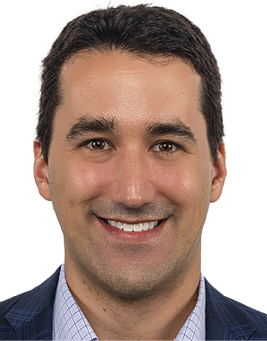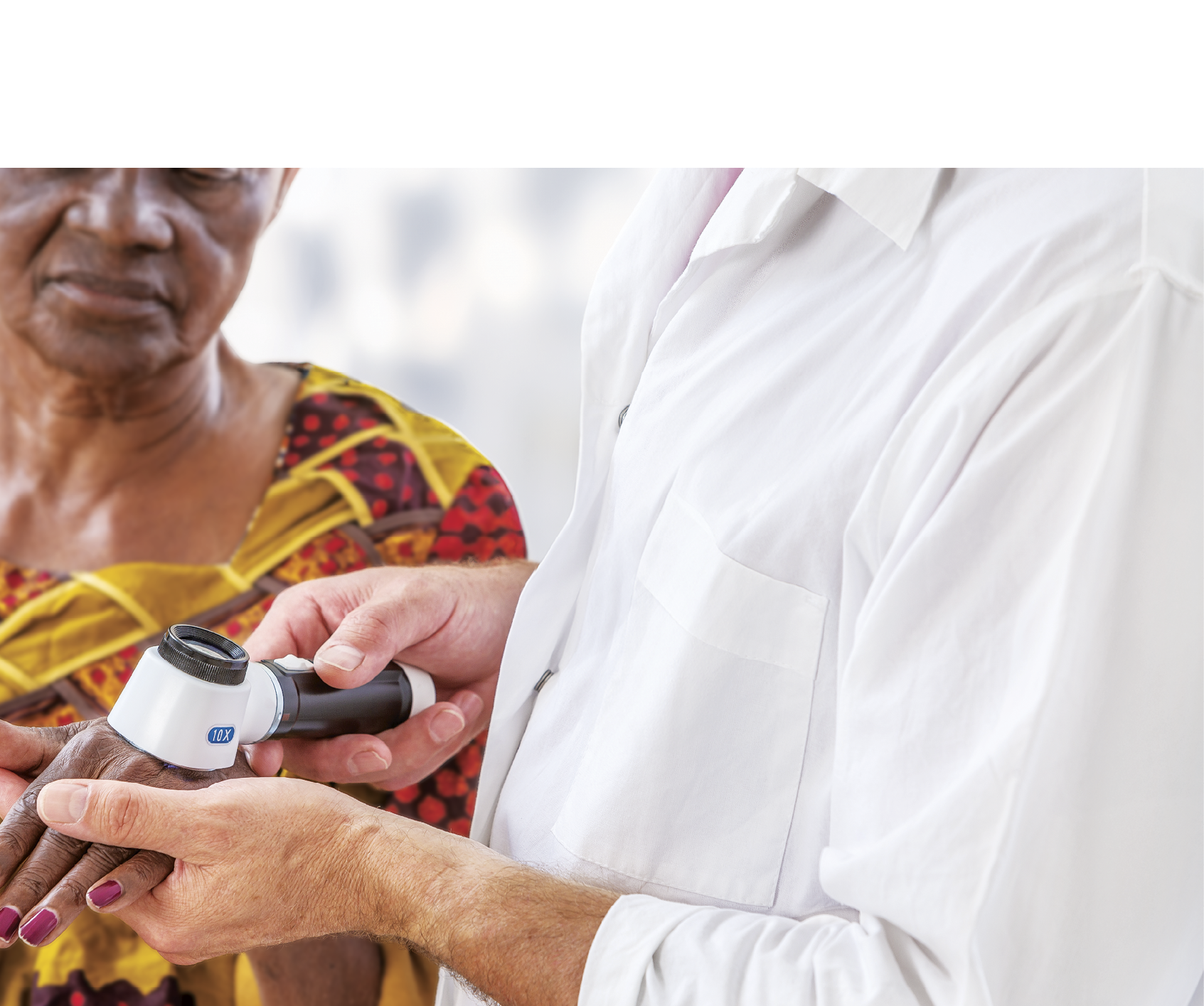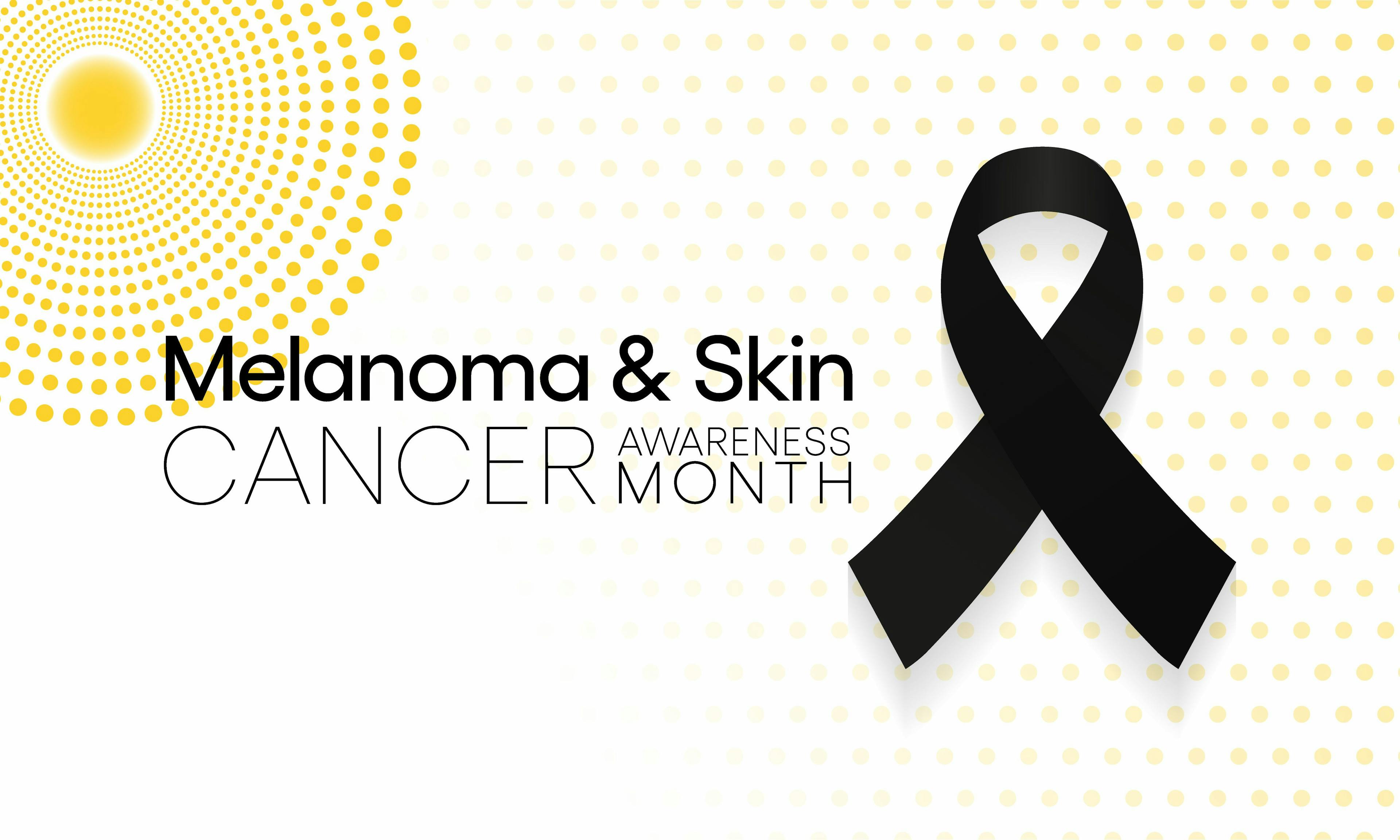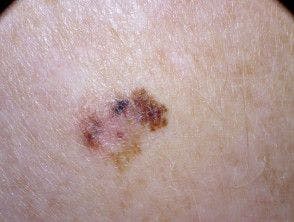- Acne
- Actinic Keratosis
- Aesthetics
- Alopecia
- Atopic Dermatitis
- Buy-and-Bill
- COVID-19
- Case-Based Roundtable
- Chronic Hand Eczema
- Chronic Spontaneous Urticaria
- Drug Watch
- Eczema
- General Dermatology
- Hidradenitis Suppurativa
- Melasma
- NP and PA
- Pediatric Dermatology
- Pigmentary Disorders
- Practice Management
- Precision Medicine and Biologics
- Prurigo Nodularis
- Psoriasis
- Psoriatic Arthritis
- Rare Disease
- Rosacea
- Skin Cancer
- Vitiligo
- Wound Care
News
Article
Dermatology Times
Revealing Ruxolitinib’s Potential in Pediatric AD Treatment
Author(s):
5 experts share insights on long-term safety, efficacy, demographic variances, and more in pediatric AD.

The landscape of pediatric atopic dermatitis (AD) treatment options continues to expand. In a recent Dermatology Times Expert Perspectives series “Pediatric Atopic Dermatitis Dialogues at AAD 2024,” 5 experts shared their insights on long-term safety, efficacy, demographic variances, and multidisciplinary approaches in managing pediatric AD based on new ruxolitinib (Opzelura) data.
Long-Term Trial Data
Alexandra Golant, MD, assistant clinical professor and residency program director at the Icahn School of Medicine at Mount Sinai in New York, expressed confidence in the safety and efficacy data of ruxolitinib trials for treating pediatric patients with AD. Golant said, “The clinical trial programs for topical ruxolitinib, even in the pediatric population, included a diverse range of ethnicities.” She emphasized that although the data were not stratified by ethnicity, the inclusion of diverse populations suggests applicability across a wide range of patients.
Golant highlighted the consistent efficacy and safety data observed in pediatric patients, mirroring the results seen in adult trials. She noted, “We see high rates of skin clearance...patients who experienced very rapid itch reduction.” Ruxolitinib demonstrated speed in efficacy, particularly in itch reduction. Golant remarked, “Hours after using it, patients will report significant itch reduction.”
Regarding safety, Golant said, “We saw a very consistent safety profile for use of topical ruxolitinib in our pediatric patients.” The safety profile in the pediatric age range (2 to 12 years) was consistent with the data from larger phase 3 clinical trials involving patients aged 12 and up. She concluded, “The available data give me a lot of confidence for the use of this topical.”
BSA Changes and Inflammation Resolution
Alan Irvine, MD, DSc, dermatologist at Trinity College Dublin in Ireland, offered an understanding of body surface area (BSA) changes and anti-inflammatory effects of ruxolitinib in the latest research presented at AAD. He highlighted some promising findings regarding the use of topical ruxolitinib in treating children aged between 2 and 11 years. Irvine reported, “Within the first 2 weeks, there was an average BSA drop from about 60% at study entry to down into the low teens, 10% to 11%, after 2 weeks of treatment.”
Ruxolitinib showed rapid action in reducing inflammation and itching associated with AD. Irvine noted, “It’s switching off that signaling, but [it] also switches off quite quickly, too. It’s a treatment that works very rapidly, offering itch relief within the same day or even within hours.” The treatment maintained its effectiveness with continued use, on both a continuous and intermittent basis.
When discussing clinical practice and patient outcomes, Irvine emphasized the importance of focusing on the child’s overall well-being. He explained that biomarker studies have supported these clinical observations, showing positive changes in markers associated with type 2 inflammation and skin barrier damage. Irvine said, “Topical JAK [Janus kinase] inhibitors are super fast-acting drugs that switch off inflammation quickly.”
Long-Term Observation
Brian Kim, MD, professor of dermatology at the Icahn School of Medicine at Mount Sinai delved into the long-term data and combination therapies involving ruxolitinib for pediatric AD treatment. Kim said, “For any drug, for long-term observation, you want to look at not just efficacy but also safety.” He emphasized the importance of monitoring for potential unexpected effects, such as excessive absorption or infection.
Kim highlighted the potential of combining topical ruxolitinib with other treatments, noting its effectiveness in addressing localized rashes or residual disease. He commented, “Topical ruxolitinib can come in and really be effective and mop up residual disease.... I think we’re going to see a lot more combination of topical ruxolitinib.”
Discussing advancements in the AD space, Kim mentioned new mechanisms of action and targets, including nemolizumab targeting the interleukin-31 receptor and bispecific antibodies targeting multiple pathways synergistically. He predicted “a lot more efficacy with even improved safety” in future treatments.
Kim said “I think topical JAK inhibitors are going to put topical steroids out of business.” He highlighted drawbacks of topical steroids, such as damaging the skin barrier and thinning the skin.
Multidisciplinary Solutions for Itch
Sonya Kenkare, MD, dermatologist at the Illinois Dermatology Institute in Hinsdale, addressed the team approach to treating pediatric AD, emphasizing the importance of integrating behavioral health and comanaging with other specialists for comprehensive care. Kenkare noted, “For my patients with pediatric AD especially, I do see a high rate of asthma and allergies come along with that.” She highlighted the collaborative efforts with pediatric pulmonologists or allergists to ensure comprehensive care.
Kenkare acknowledged the significant impact of itch on pediatric patients and said, “Occasionally behavioral health therapists can be helpful because the itch can be so pervasive.” She emphasized the frustration and challenges children face due to the relentless itch associated with AD. Kenkare added, “Having that support can be extremely helpful,” underscoring the role of behavioral health therapists in providing additional support and coping strategies.
Promising Future
Mona Shahriari, MD, assistant clinical professor of dermatology at Yale University School of Medicine in New Haven, Connecticut, highlighted the promising advancements in AD, particularly focusing on the potential for disease modification. Shahriari stated, “We have many medications that are still coming down the pipeline that are going to be approved over the next 1 to 2 years.” She emphasized the exploration of unique mechanisms to address AD beyond merely quieting down the disease.
Shahriari discussed the potential benefits of treating patients with AD at an early age, suggesting the possibility of preventing the progression to moderate to severe disease and the development of comorbidities like the atopic march. She concluded, “There is a lot, I think, that’s pushing us toward maybe a cure for AD.”

Newsletter
Like what you’re reading? Subscribe to Dermatology Times for weekly updates on therapies, innovations, and real-world practice tips.
























